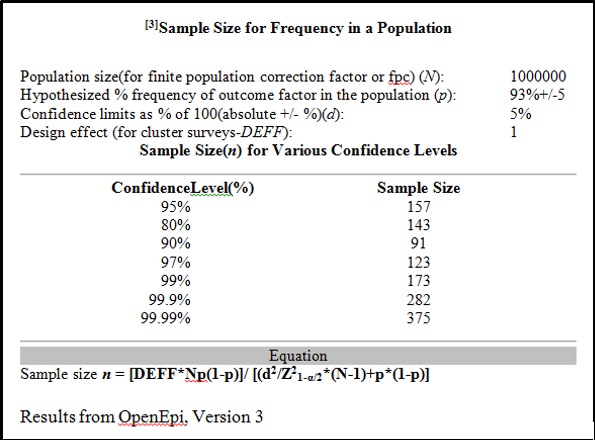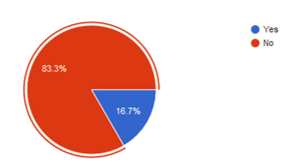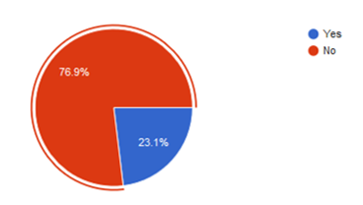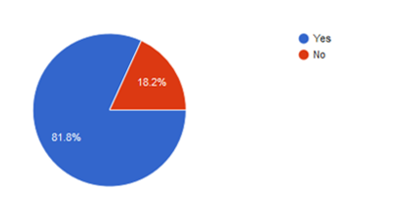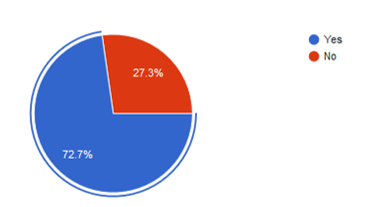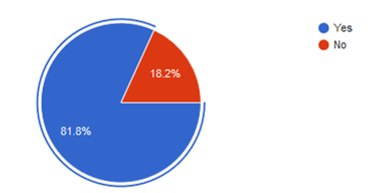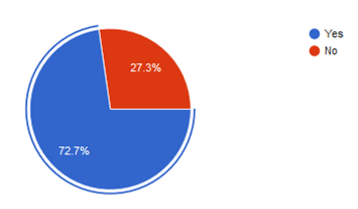Introduction
There is clear consensus among orthodontists that there has been an increase in requests by orthodontic patients to correct their malocclusion with a more aesthetic alternative. Many adult patients requiring orthodontics for aesthetic and functional reasons are discouraged by visible orthodontic treatment. Although orthodontic treatment has previously been viewed by both the public and clinicians to be a therapy for younger patients, the acceptance by more adults to seek
treatment has increased. While in recent years, aesthetic brackets and clear plastic sequential appliances have gained popularity among many orthodontists and patients, lingual orthodontics remain a unique appliance on its own. Although aesthetic brackets may serve to mask the
visual presence of the orthodontic appliance, it persists as an aesthetic problem for many patients. While clear plastic sequential appliances are effective in treating milder cases, complex mechanics cannot be fully expressed using these systems on their own. Many clinicians believe that lingual orthodontic treatment is substantially more resource-intensive and have maintained pronounced reservations towards this treatment alternative. Since the earliest fixed lingual appliances were introduced in the mid to late 1970s, 1, 2, 3, 4 they have been subject to a varied response. 5, 6, 7, 8 Many negative perspectives continue to be propagated and there remain few dedicated lingual practitioners in India. The aim of this study was to assess the knowledge and application of Lingual Orthodontics among Orthodontists in their routine clinical practice in India
Aim
To assess the knowledge and application of Lingual Orthodontics among Orthodontists in their routine clinical practice in India.
Objectives
To assess the knowledge of Lingual Orthodontics among Orthodontists in India
To assess the percentage of Orthodontists practicing Lingual Orthodontics
To assess the common concerns while practicing Lingual Orthodontics
To assess the need to conduct increasing awareness programs about Lingual Orthodontics in India
Materials and Methods
A cross sectional study was conducted over duration of 3 months. A sample of 157 participants (orthodontists) was taken after assessing the sample size within the age group of 27 - 50 years of age. The participants comprised of dentists practicing in various parts of India. A Questionnaire was created on Google forms and circulated to participants using various social media platforms. The data of responses of participants were analyzed and evaluated with the help of pie charts.
Selection Criteria
Method
A Google form of the questionnaire was created to analyze and assess the knowledge and application of Lingual Orthodontics among Orthodontists in their routine clinical practice in India. The questionnaire along with a brief synopsis explaining the aims and objectives of the study was sent to participants. The participants were approached by the principal investigator and co-investigator via personal connections and whatsapp groups. The aims and objectives of the study were explained in a message accompanying the online questionnaire link. Informed consent was taken from all the participants before solving the questionnaire. Timely reminders were sent as well. The participation was completely voluntary and all the participants had an option of opting out of the study by not filling the questionnaire. The questionnaire consisted of a total of 10 questions. They were aimed to evaluate the Orthodontists choice pertaining to molar bonding/banding in routine clinical practice.
Questionnaire
The questions were a mix of multiple choice questions. After some questions about the informed consent, gender and age the following questions were asked:
Table 1
Results
This survey analyzed the knowledge and application of Lingual Orthodontics among Orthodontists in their routine clinical practice in India. This questionnaire based study highlighted the following results:-
Majority of the Orthodontists in India do not practice Lingual Orthodontics
If a patient demands Lingual braces, majority of the Orthodontists convinced them for conventional braces
Majority of the Orthodontists reported of not being comfortable practicing Lingual Orthodontics
Majority of the participants were not even certified as trained Lingual Orthodontists
Participants also reported of facing certain problems like long treatment duration, more frequent patient visits, increased appointment duration, increased breakages and increased patient discomfort
Most of the participants suggested that conventional braces were better than Lingual braces
Participants also felt that Lingual Orthodontics took up a lot of clinical chair side time.
Maximum participants reported of frequently using conventional braces in their routine clinical practice
Majority of the participants also felt that there is a need to conduct increased awareness and training programs in lingual Orthodontics
A whopping majority also believed that Lingual Orthodontics has now become obsolete.
Discussion
The aim of this study was to assess the knowledge and application of Lingual Orthodontics among Orthodontists in their routine clinical practice in India.Clinical protocols were not elucidated when lingual orthodontics were first introduced, resulting in many clinicians starting lingual orthodontic cases without being fully prepared. Orthodontists generally felt that the lingual technique required more rigorous attention to detail as well as a fundamentally different approach to treatment planning and biomechanics. 9 Postural challenges associated with potential back pain and related discomfort may have discouraged many operators, resulting in premature termination of cases to be completed by labial appliances. 10 Previously, many orthodontists viewed lingual orthodontics as substantially more resource-intensive. Despite recent advancement in laboratory techniques, 11 computer-aided bracket manufacture and archwire placement, 12 which were attempts to make this whole exercise less back-breaking, many orthodontists reported in this study that lingual orthodontics still does not play an integral role in their daily practice. However, to assess the knowledge and clinical practice of Lingual Orthodontics among Orthodontists, this questionnaire based study was carried out. We needed to assess whether Orthodontists actually practice Lingual Orthodontics in their routine clinical practice, the difficulty they face during treatment and also the common concerns and perceptions about Lingual orthodontics. Firstly, a sample size was estimated based on previous studies done related to the same topic. The sample size was calculated using software for sample size calculation. The sample size was estimated to be 157. A Questionnaire was then fabricated on Google Forms which was then circulated to age groups from 27 to 50 years via various Whatsapp groups. The consent of the participant was recorded on Google forms itself. After 157 participants filled the Google questionnaire form, the data was collectively analyzed. A majority of 83.3% of the participants reported of not routinely practicing lingual orthodontics and only 16.7% of the participants reported of practicing the same [Figure 2 ]. When patients themselves demanded for Lingual braces, majority of 66.7% of the Orthodontists convinced them for conventional braces, 25% of the participants referred their patients to a trained and certified lingual Orthodontist and only 8.3% of the participants actually delivered the treatment with lingual braces [Figure 3]. A majority of 76.9% of Orthodontists reported of not being comfortable practicing Lingual Orthodontics [Figure 4] and a majority of 81.8% were not even certified as trained Lingual Orthodontists [Figure 5]. Participants also reported of facing certain problems like long treatment duration, more frequent patient visits, increased appointment duration, increased breakages and increased patient discomfort. Amongst these a majority of 45.5% of the participants believed that long treatment duration was a major constraint in opting for this treatment protocol [Figure 6]. A whopping majority of 81.8% also felt that treatment results of conventional braces were better than lingual braces [Figure 7] and 72.2% of participants also felt that Lingual Orthodontics took up a lot of clinical chair side time [ Figure 8 ]. A majority of 54.5% of the participants reported of frequently using conventional braces in their routine clinical practice, 18.2% of them used clear aligners and self-ligating braces and only 9.1% of the participants reported of using lingual braces in routine clinical practice [Figure 9]. A wide majority of 81.8% of the participants felt that there is a need to conduct increased awareness and training programs in lingual Orthodontics [Figure 10] and a majority of 72.7% of the participants also believed that lingual orthodontics has now become obsolete in India [Figure 11].
Figure 4
Have you been trained in lingual orthodontics with a separate certification course for the same?
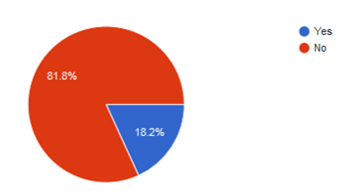
Conclusion
This questionnaire based survey clearly helped in analyzing the knowledge and application of Lingual Orthodontics among Orthodontists in their routine clinical practice in India. Increased awareness and training programs in lingual Orthodontics need to be conducted in India as there were very few Orthodontic clinicians practicing lingual Orthodontics in routine practice.


